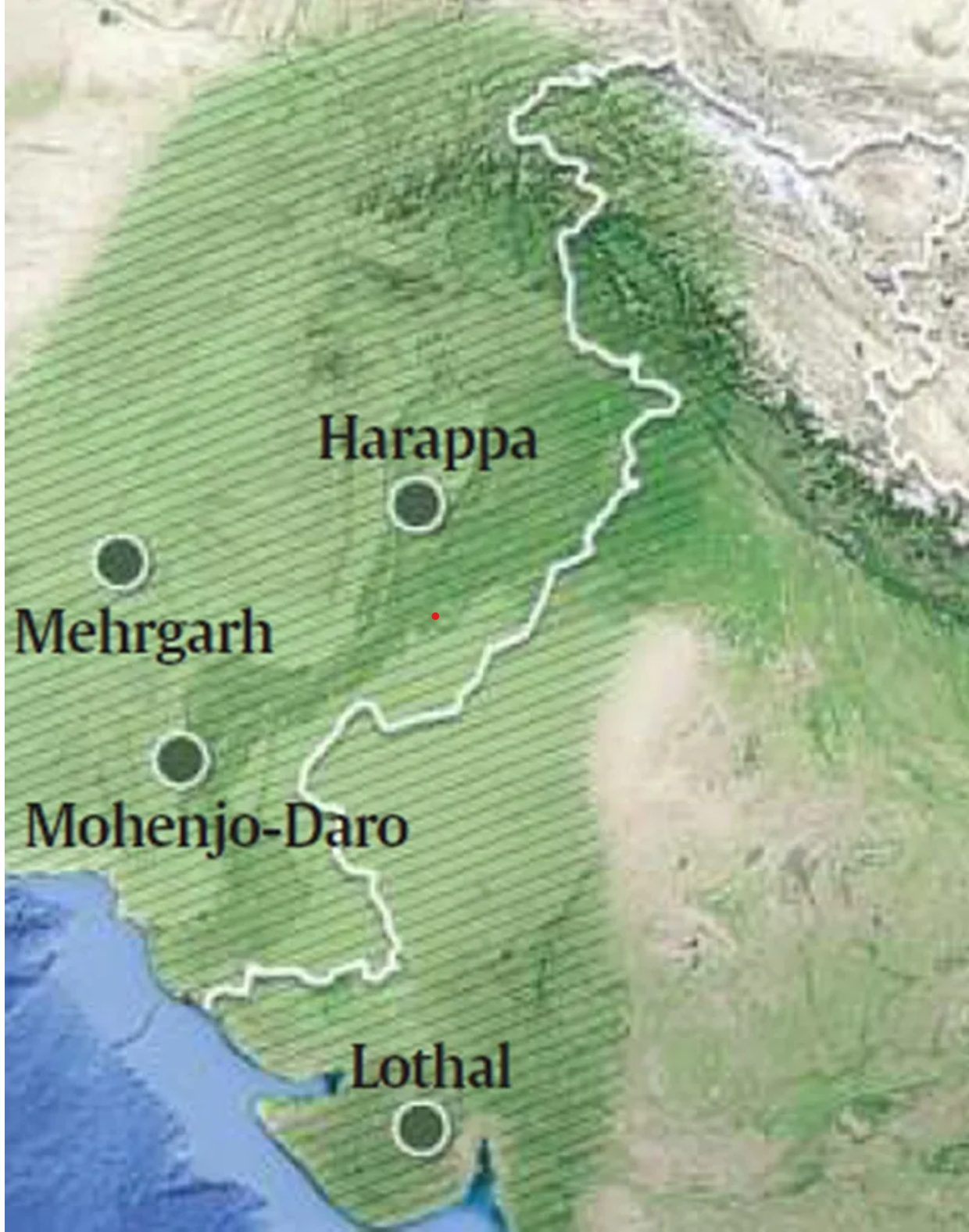100 Years of the Discovery of the Indus Civilization

- 22 Sep 2024
Introduction
The centenary of the announcement of the Indus Valley Civilization (IVC) by Sir John Marshall on September 20, 1924, marks a significant milestone in archaeological history. This civilization, known for its advanced urban planning, encompasses over 2,000 sites across India, Pakistan, and Afghanistan.
Historical Context
Discovery of the Indus Civilization
- John Marshall's Role: As the Director-General of the Archaeological Survey of India (ASI), Marshall played a pivotal role in the excavations of Harappa and Mohenjodaro.
- Initial Findings: The civilization was revealed through meticulous work over two decades, beginning with Marshall's initial interest in the antiquities of India.
The Process of Discovery
The Concept of 'The Slow Hunch'
- Definition: Inspired by Steven Johnson's idea of 'the slow hunch,' this concept highlights how insights develop over time, similar to Joseph Priestley's early experiments with oxygen.
- Application to Marshall: Marshall's initial curiosity about the antiquity of India was nurtured through years of observations and explorations, culminating in the excavation of Harappa in 1921.
Key Individuals Involved
- Daya Ram Sahni: Conducted the first excavations at Harappa, uncovering evidence of an ancient culture.
- Rakhaldas Banerji: Excavated Mohenjodaro in 1922, leading to significant discoveries that indicated a widespread civilization.
Institutional Challenges
Limitations within ASI
- Lack of Collaboration: The ASI lacked a platform for archaeologists to share insights, impeding a collaborative approach to discoveries.
- Marshall's Focus: His dedication to ongoing projects, particularly at Taxila, resulted in delays in recognizing the significance of findings at Harappa and Mohenjodaro.
Announcing the Discovery
Marshall's Publication
- Impactful Presentation: In September 1924, Marshall's article vividly described the architectural and cultural features of the Indus Civilization, captivating readers.
- Scholarly Reception: The discovery sparked immediate scholarly interest, leading to further inquiries into the civilization's connections with ancient Mesopotamia.
Characteristics of the Harappan Civilization
Overview
- Timeframe: Flourished around 2500 BCE, classified as a Bronze-age civilization.
- Major Sites: Notable locations include Harappa, Mohenjodaro, and Lothal.
Key Features
- Urban Planning: Cities featured grid layouts, advanced drainage systems, and distinct public and private spaces.
- Agriculture and Economy: The economy thrived on agriculture, trade, and crafts, with evidence of cotton production and extensive trade networks.
Religious Practices
- Deities and Symbols: Terracotta figurines and seals indicate worship of fertility deities and animal figures, suggesting a rich spiritual life.
Reasons for Decline
Theories of Collapse
- Environmental Changes: Shifts in rainfall and tectonic activity may have disrupted agriculture and led to resource scarcity.
- Invasion Theories: While some suggest Indo-European invasions, evidence of cultural continuity challenges this narrative.
Recent Initiatives
Preservation and Promotion
- National Maritime Heritage Complex: Development at Lothal aims to highlight maritime history and attract tourism.
- UNESCO Recognition: Dholavira was added to the World Heritage list in 2021, showcasing the importance of IVC sites.
